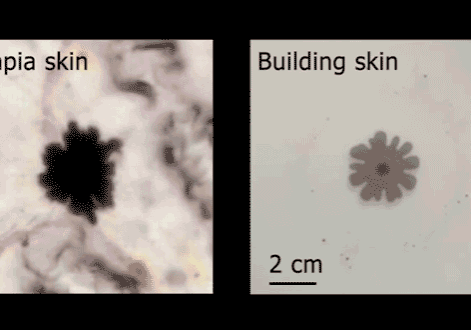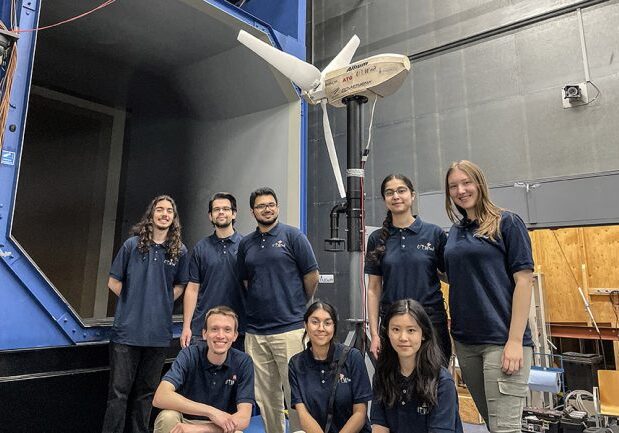
Professor Kai Huang joins the Department of Materials Science & Engineering
Huang and his team are studying nanomaterials with unconventional optical properties that could be used in cancer diagnosis or therapy
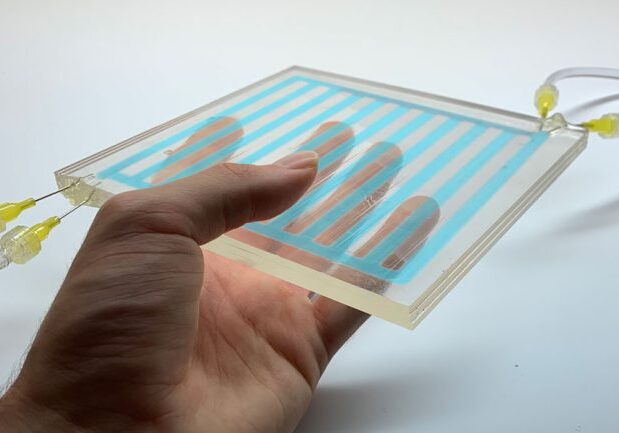
‘Liquid windows’ inspired by squid skin could help buildings react to changing environments, save on energy costs
U of T Engineering researchers create bio-inspired system that can optimize the wavelength, intensity and dispersion of light reaching building interiors
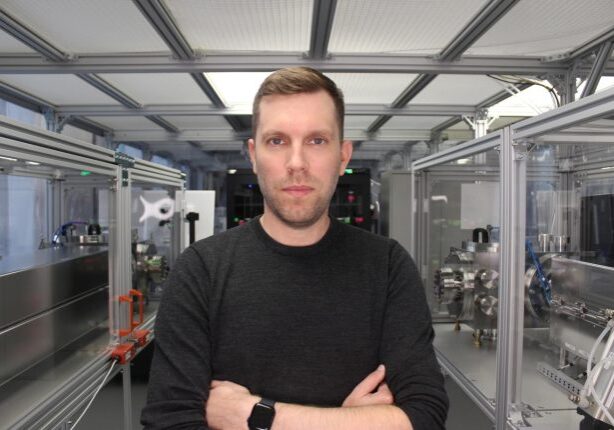
This alumni startup is taking organic LED displays to the next level
Newest innovation from OTI Lumionics enables integration of displays with different types of sensors and cameras, allowing device makers to create notch-free screens
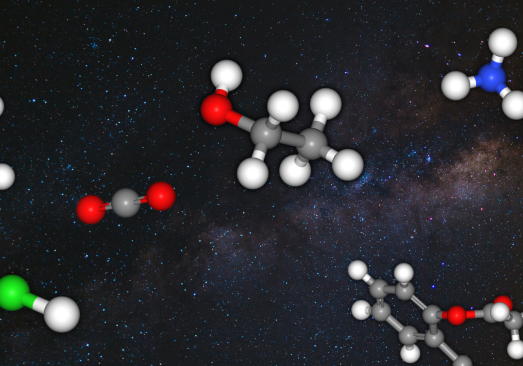
Exploring ‘chemical space’ with Professor Anatole von Lilienfeld
Lilienfeld (Chemistry, MSE) is using artificial intelligence to discover the potential of undiscovered chemical combinations

Students from Bolivia, South Korea, Tanzania and Türkiye on the transition to first year at U of T Engineering
Four Pearson Scholars share their experiences adjusting to university life in one of the world’s most globally diverse cities

This new, more sustainable method for recycling lithium-ion batteries could help meet electric vehicle demand
U of T Engineering researchers are using supercritical carbon dioxide to recover lithium, cobalt, nickel and manganese from end-of-life lithium-ion batteries
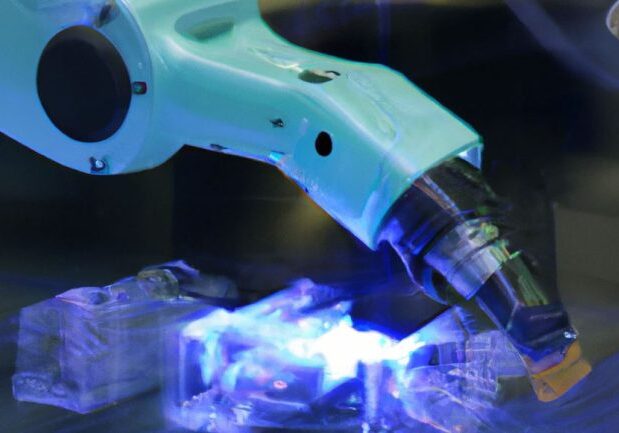
New ‘Sputtertron’ could help develop advanced materials for greener economy
A new materials-acceleration platform is one of four U of T Engineering projects funded in the latest round of the Canada Foundation for Innovation’s John R. Evans Leaders Fund

